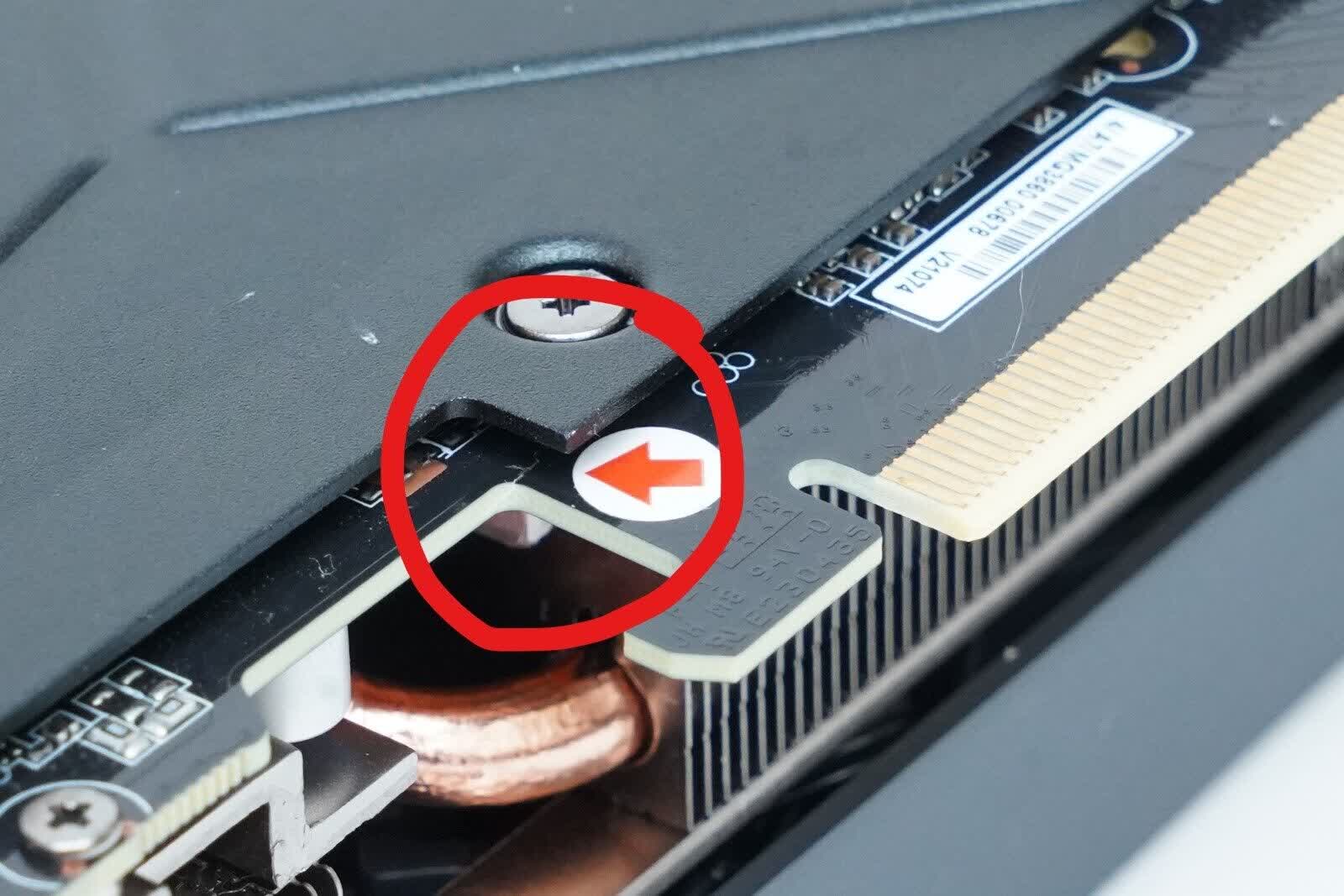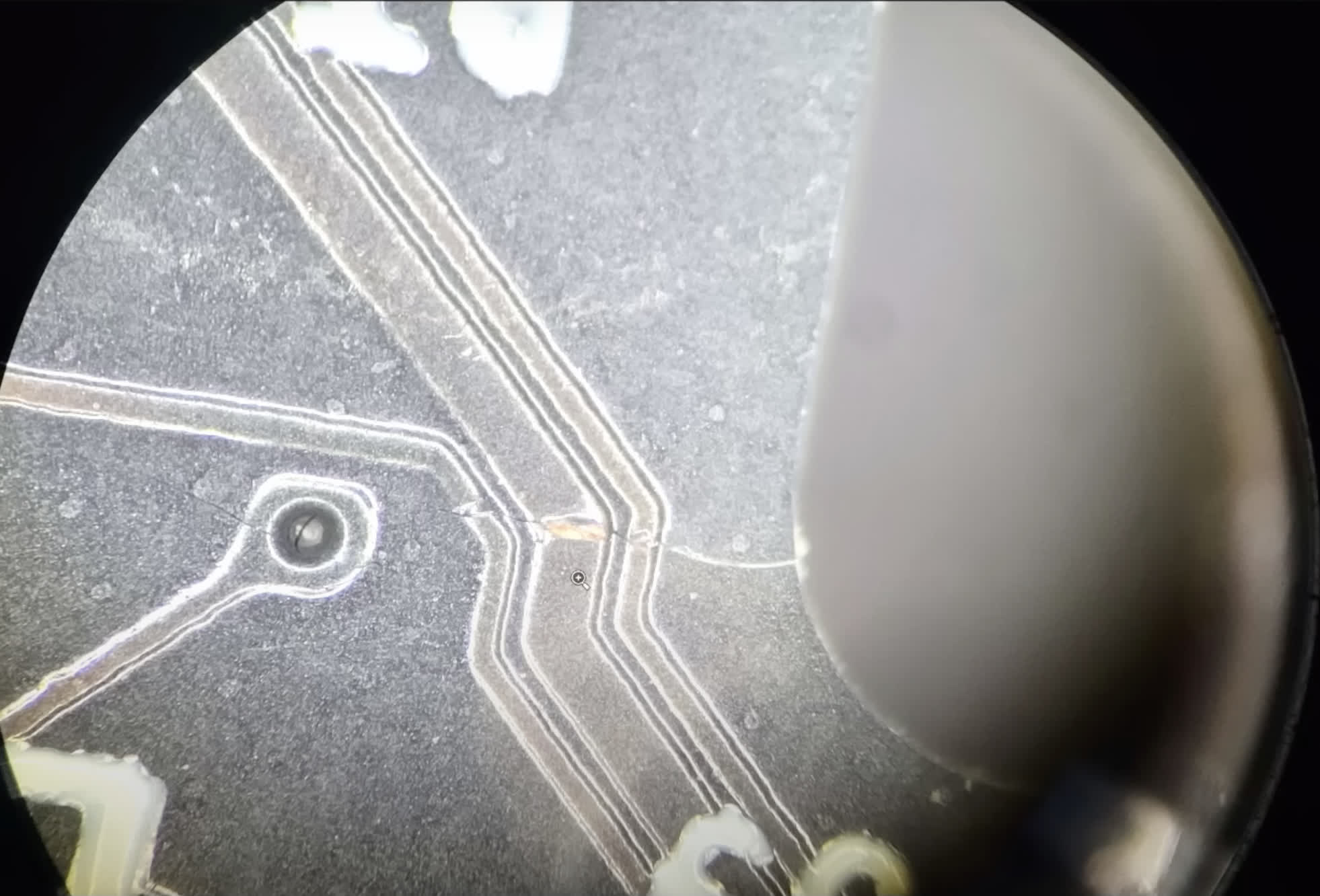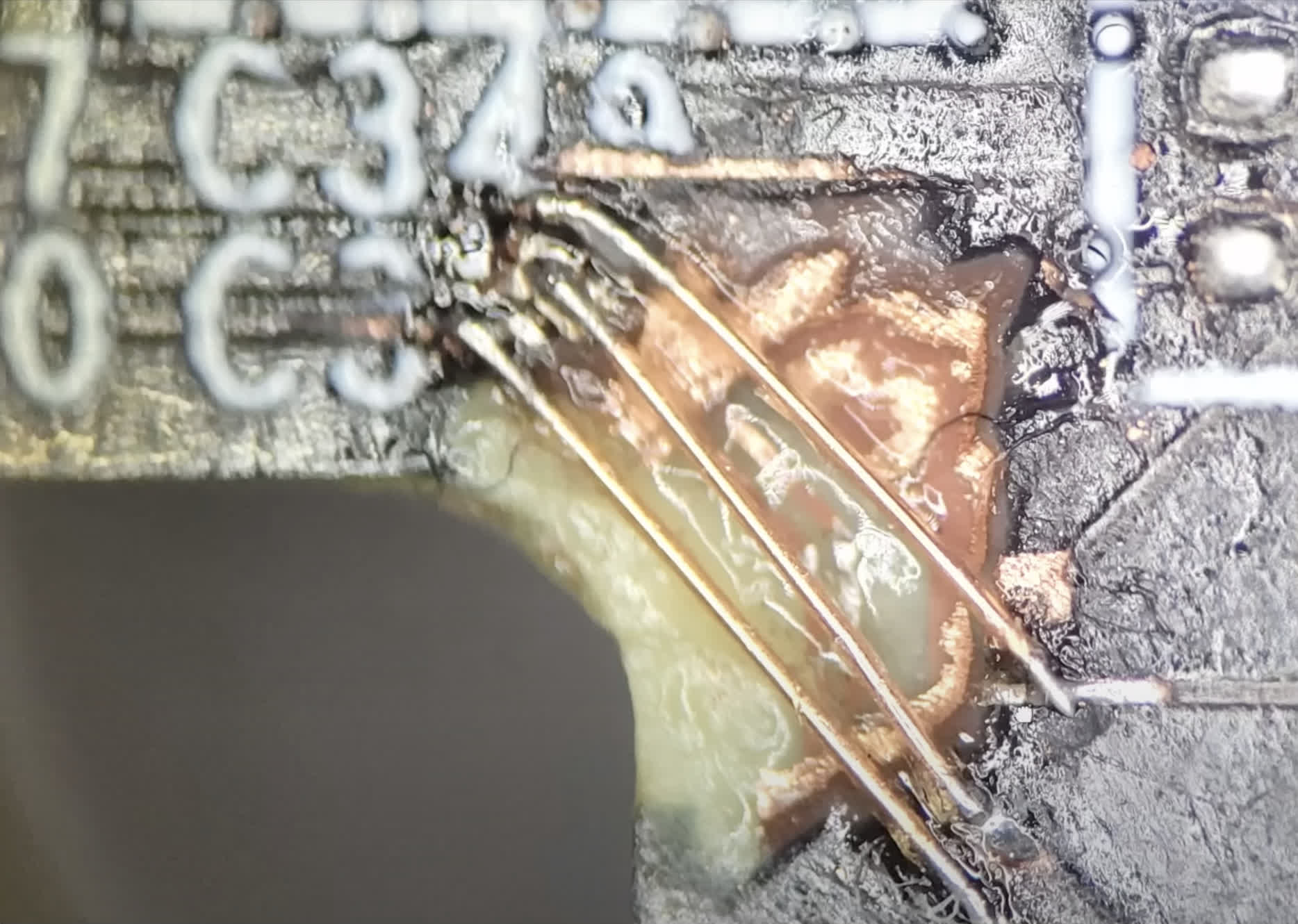A hot potato: It's no secret that graphics cards have gotten larger and heavier in recent years. The problem of sagging cards is starting to bite gamers that purchase high-end custom models from companies like Gigabyte. Even though it's possible to prevent most issues using an anti-sag bracket, this shouldn't fall on the user, especially when the graphics card in question has a design flaw that makes it prone to breaking without an aftermarket accessory.
A sagging graphics card can be annoying, but it's usually an easy fix. However, a poorly-designed graphics card can also exhibit PCB cracking due to the increasingly large cooling solutions mounted on modern GPUs. As reported by Louis Rossmann, who is a known repair professional and right-to-repair advocate, several Gigabyte graphics cards have suffered physical damage in recent months, and the company doesn't appear to be interested in helping the affected customers.
Specifically, several models of RTX 30 and 40 series graphics cards from Gigabyte seem to be affected by the issue. A fellow repair professional told Rossmann they'd worked on at least a dozen cards and provided several photos to illustrate the problem. Also worth noting is that eBay seems to be littered with listings for Gigabyte cards that were refused during the RMA process (or are simply sold for parts as they are out of warranty) because they have a cracked PCB.
As you can see from the image above, the cracks aren't easily noticeable, so the owners used arrow stickers to point them out. It is very concerning that most of them seem to have developed close to one end of the PCIe connector and right next to the PCIe locking tab.
A few copper traces deliver power to certain components on the board and are routed through the area in question, so a crack will break those connections and result in a non-working graphics card. It probably doesn't help that Gigabyte has made the PCB cutout near the locking tab quite large.
The repairs are quite difficult and have a typical success rate of 10 to 20 percent, but thanks to Jérémie (the independent repair professional that contacted Rossmann about the issue) there is now a guide on repair.wiki detailing the process for anyone who works as an independent repair technician or is interested in DIY fixing their broken Gigabyte card. Another problem is the cards in question will never be safe to install horizontally, but at least it's possible to get some of them working again.
You can probably prevent any cracks from occurring on your graphics card by using an anti-sag bracket, which many manufacturers (including Gigabyte) already include with some RTX 40 series cards. However, it's sad to see Gigabyte not owning up to what appears to be a design defect that can easily render some of its cards unusable for their owners. We're hoping the company will eventually decide to set up a return and exchange program as it did with the exploding PSUs of yesteryear, but we'll have to wait and see.


